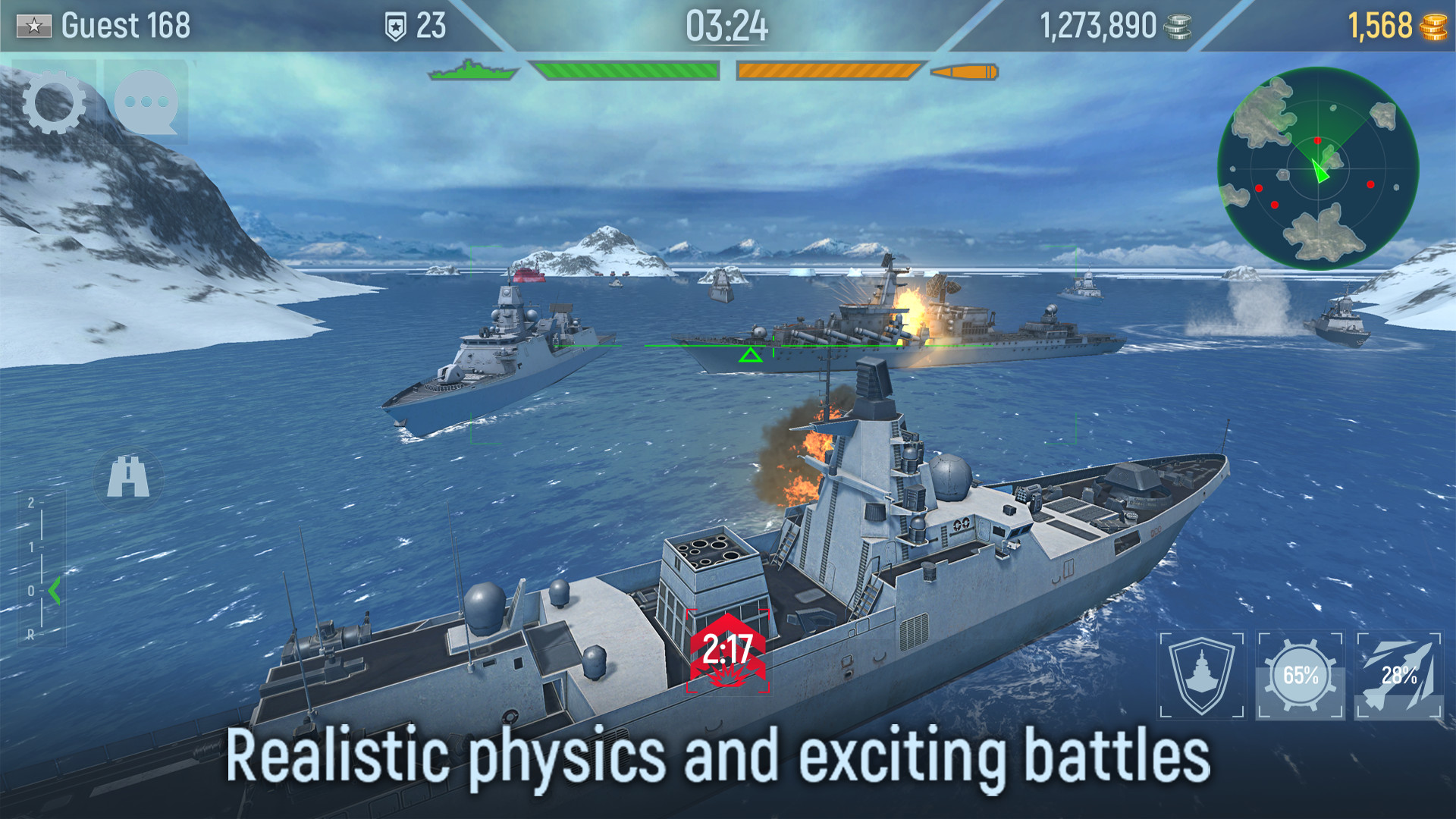

1558–1603) ascended the English throne in 1558, King Philip II of Spain (r. Part of the English strategy was to sink or damage the enemy ships before they got close enough to fire back at them.The growing frictions between England and Spain in the mid-16th century gradually led to the armed conflict between the Spanish “invincible” fleet, Armada, and the English Royal Navy in the English Channel and around the British coast in 1588, resulting in the devastating defeat of Spain and a glorious triumph of Queen Elizabeth I of England. The Spanish only had short-range cannons, while the English had long-range cannons. The British only had 55 ships, but these ships were bigger and carried more guns. The defeat of the armada is often attributed to a severe storm which scattered the Spanish vessels before they met the British fleet, meaning they could not utilise vastly superior numbers to their advantage as planned. He replaced the original commander, who died in February. The Armada was led by the Duke of Medina Sidonia, who had no naval experience. Drake was playing a game of bowling with his friends when he heard of the attack, and insisted that he had time to finish the game and defeat the Spanish Armada. The Second in Command of the Royal Navy was Sir Francis Drake. This started on 12 July 1588 and ended during August 1588. The Royal Navy defeated the Armada by using the wind to blow ships that were lit on fire into the anchored fleet. It was defeated by the Royal Navy of England during queen Elizabeth I's reign. The Spanish Armada was a Spanish naval fleet most famous for being used by Spain's King Philip II to attack Britain in 1588. Defeat of the Spanish Armada,by Philip James de Loutherbourg


 0 kommentar(er)
0 kommentar(er)
